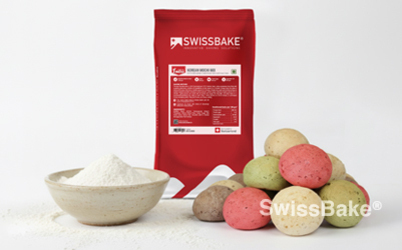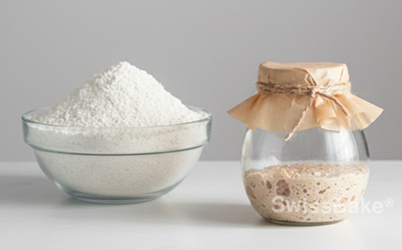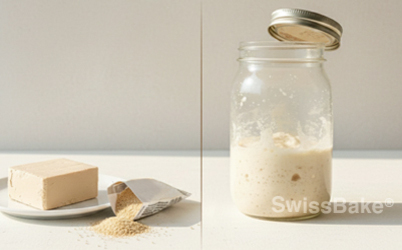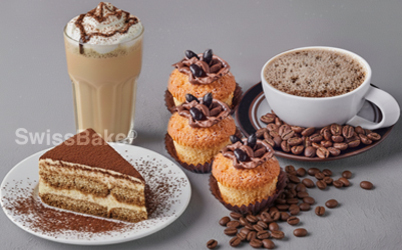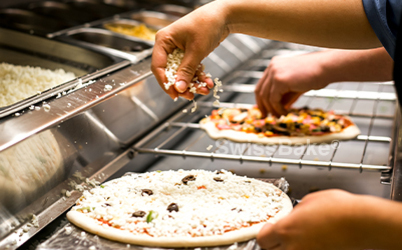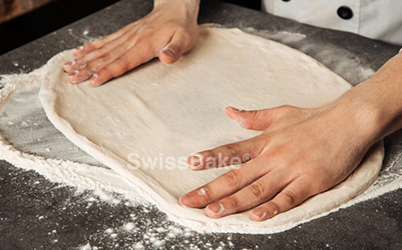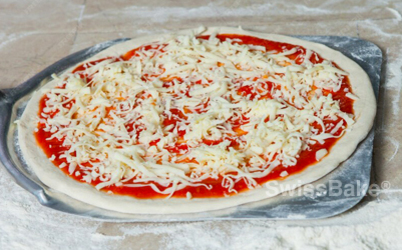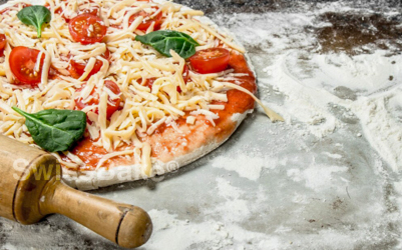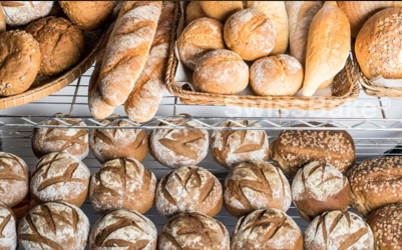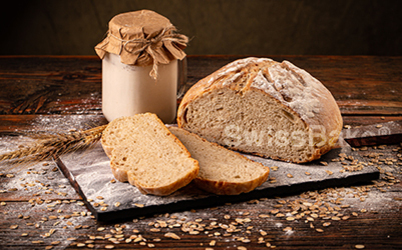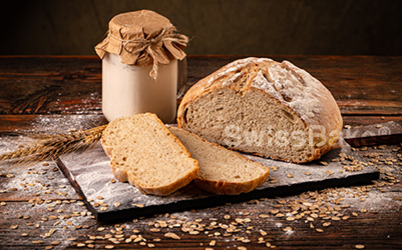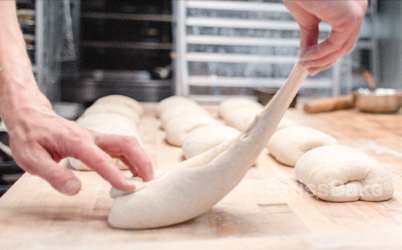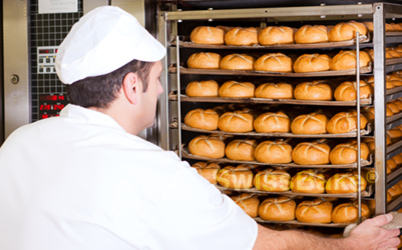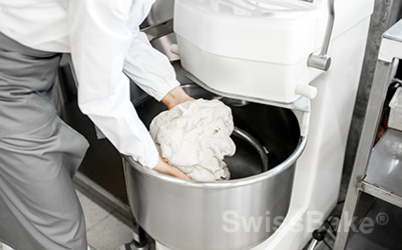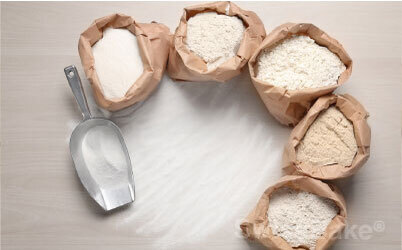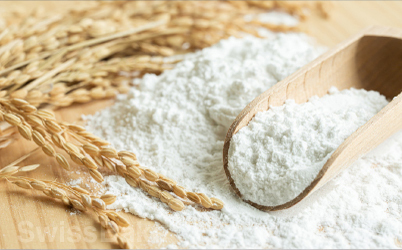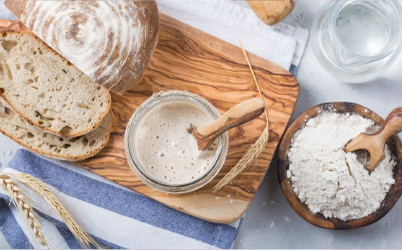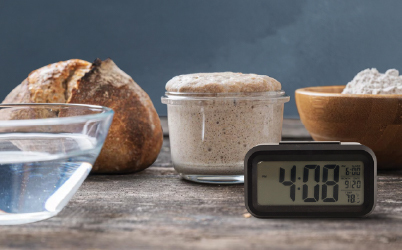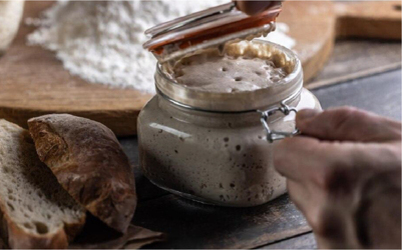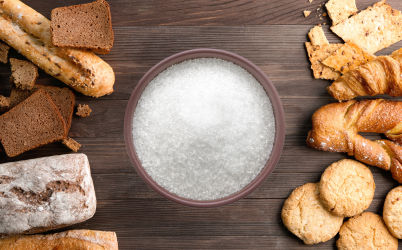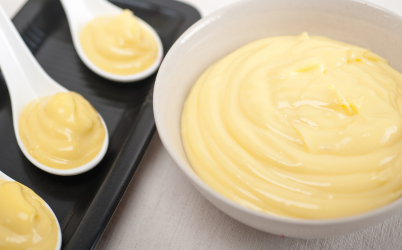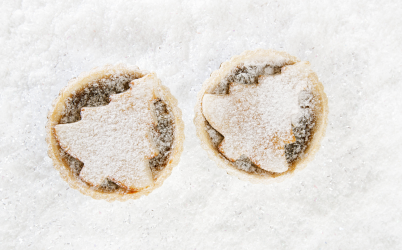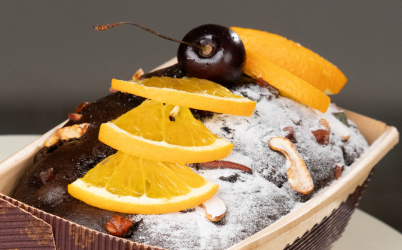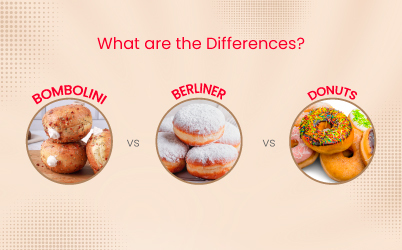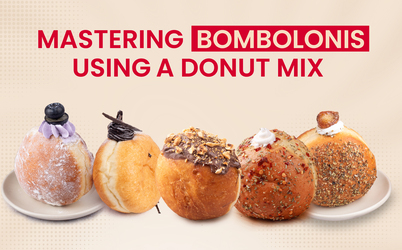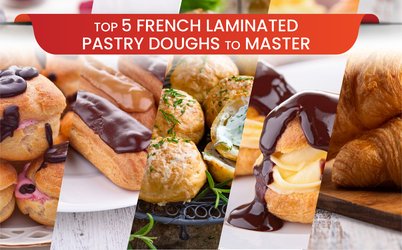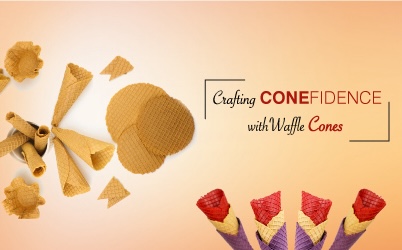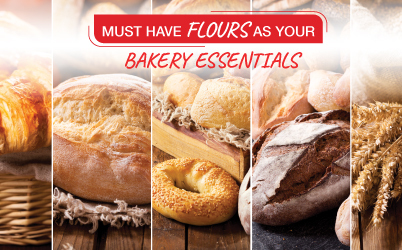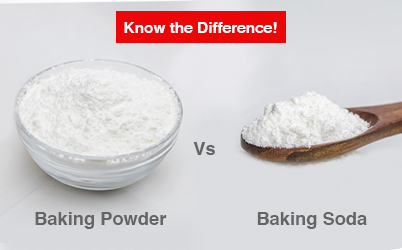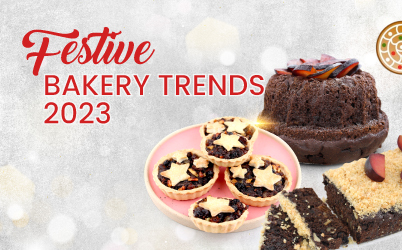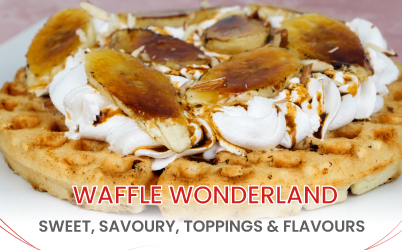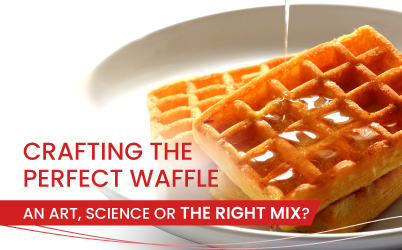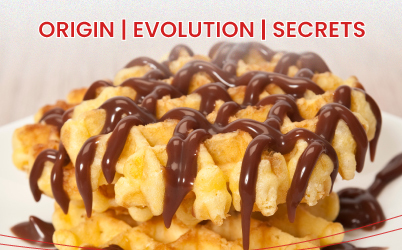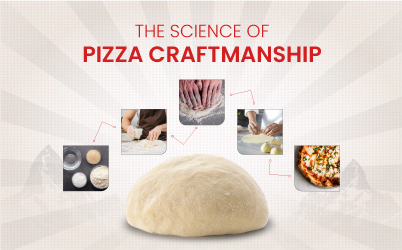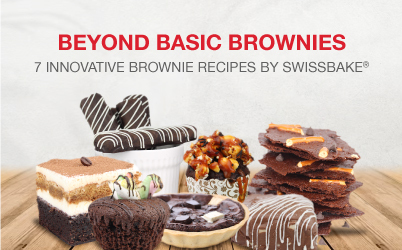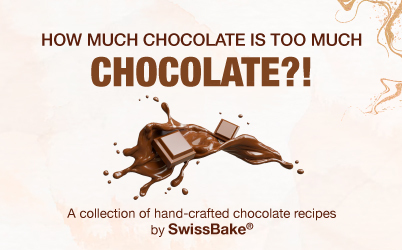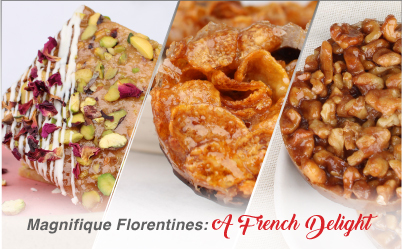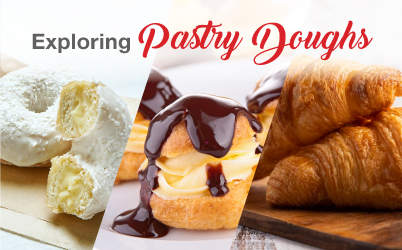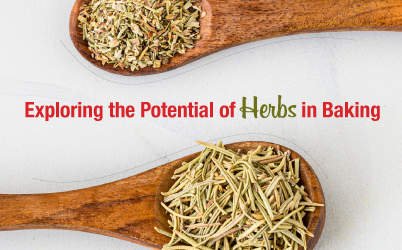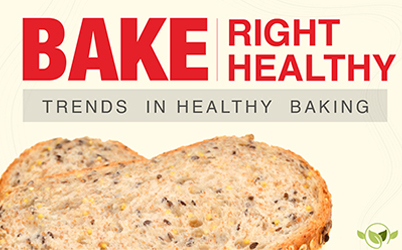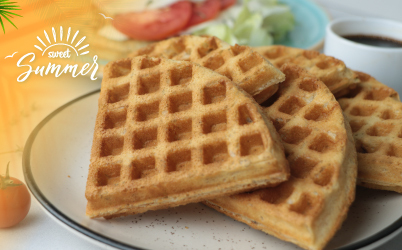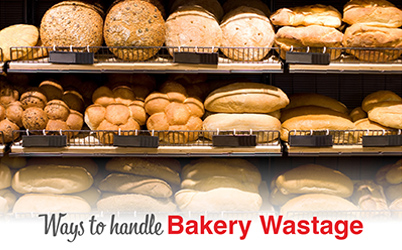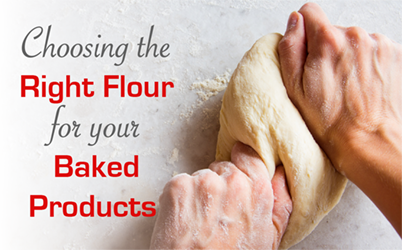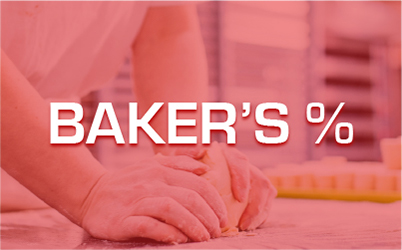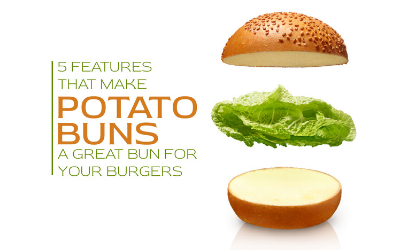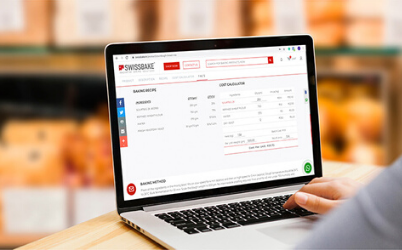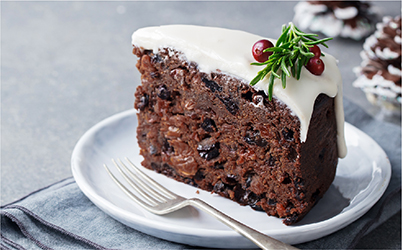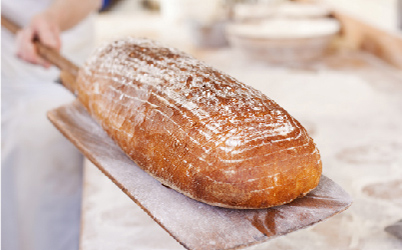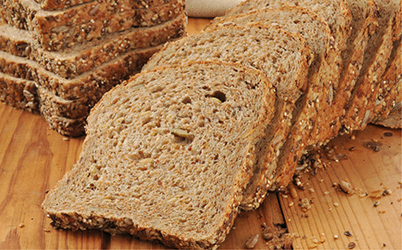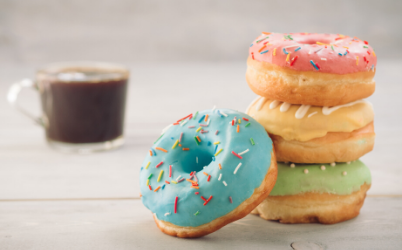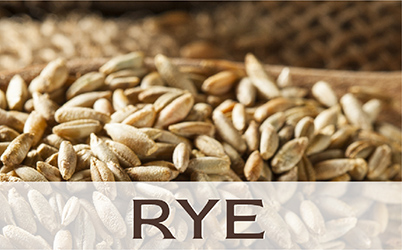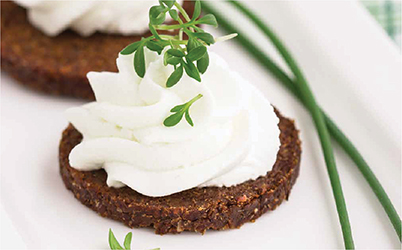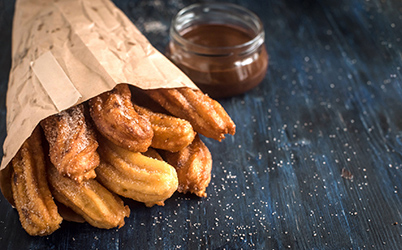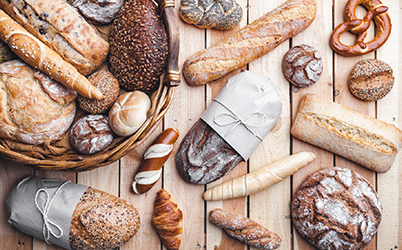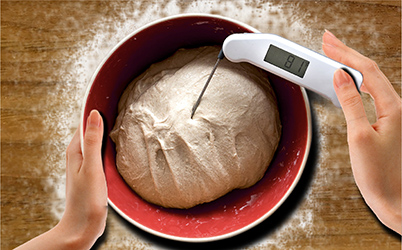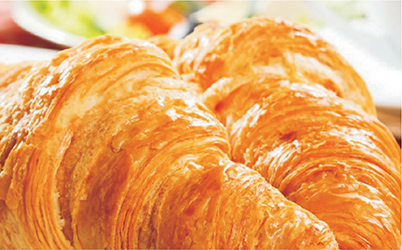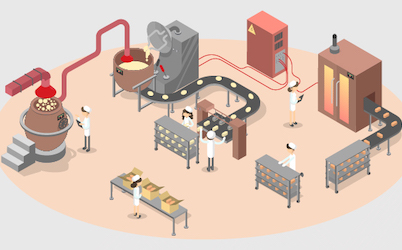6 Challenges in Baking Gluten Free Confectionery Products
It is a common misconception that gluten-free products are only demanded by consumers who are gluten intolerant. Contrary to popular opinion, the rise in demand has been driven by the belief that gluten-free baked products are healthier than traditional wheat flour-based baked products. Considering the high requirement for gluten-free products, every commercial baker should definitely have a few gluten-free baked products on their shelf to serve this growing market segment.
Consumers do not simply demand gluten-free products, but they also want the taste profile of them to be flavoursome. Those consumers who are not affected by celiac disease (gluten intolerance) already have a reference of a certain taste and texture profile in their minds which is that of regular wheat-based baked products, hence, when they demand gluten-free products, they are willing to compromise on the flavour profile and prefer products that can offer similar taste and texture.
The market for gluten-free baked products can be segmented into sub-categories such as biscuits, cookies, baked breads, cakes, pastries, and other gluten-free baked products. Baking gluten-free products like these in a commercial setup is however not at all an easy task and has many challenges that need to be managed. The task is even more difficult for those who are looking to bake gluten-free confectionery products. The thought of overcoming these challenges is what really stops bakers from offering a wide portfolio of gluten-free baked products at their outlets.
Here are few of the key challenges faced by bakers who wish to bake gluten-free confectionery products at their outlets
1. Recipe for Gluten-Free Baking
The first challenge which professional bakers face while considering baking gluten-free products is to have a recipe that works in a commercial setup. Replacing wheat flour & gluten and its role in baking is truly a complicated task. There are numerous options of ingredients from which gluten free confectionery can be baked. Each ingredient has its own role to play so while one will contribute to the taste, others will contribute to the texture or flavour.
2. Sourcing of Ingredients
It is also important to ensure that the ingredients selected for baking gluten-free confectionery products are easily available in the market and that their quality & consistency is maintained so that the consistency or output does not vary each time. At times bakers simply opt for the standard gluten-free flour available in the market but end up feeling disappointed with the results as the one-of-a-kind Gluten Flour does not suit all applications. A range of products in different proportions need to be considered depending upon the application & techniques.
3. Inconvenience & High Pricing
Since the production of gluten-free products is still relatively a small market compared to regular baked products, stocking-up inventories is a challenge and bakers may end up having to keep stock of multiple ingredients for baking different kinds of gluten-free items which is rather inconvenient. But the main concern arises when you wish to commercialize the products. Gluten-free products typically have a significantly lower yield as compared to regular products and added with the complexities of baking, ingredients’ sourcing and stocking, the baked gluten free products end up being a tad expensive for the market to accept easily.
4. Product Consistency Concerns
Once you have a set of customers who are attuned to a particular taste and product profile, it is important to ensure that variance in the product is minimised. Consistency is a critical aspect in today’s business and retaining customers totally depends upon the consistency of the product and service. Variation happens in every product that uses natural ingredients however if the number of ingredients used are higher, then the possibility of variation in the product also increases. Gluten free products are often plagued with such issues. Hence, maintaining consistency also plays a vital role and act as a challenge for bakers baking gluten free confectioneries.
5. Separate Equipment & Tools for Baking
Let’s not forget that gluten-free products are primarily for those suffering from celiac disease and for such consumers, even a trace of gluten can prove to be fatal. Therefore it is critically essential that any potential possibility of gluten exposure is avoided while making gluten-free products. This means maintaining a separate set of equipment, separate baking areas, separate staff wear, separate raw materials storage area, etc. Hence, an additional investment is required to be made by any bakery looking to produce and sell gluten-free products.
6. Low Shelf Life
The lack of wheat flour and gluten in the products significantly reduces the moisture retention capacity of the product, thereby resulting in gluten-free products typically having a very low shelf life. Gluten-free products that need to be consumed within 48 hrs of baking or under proper refrigeration can be used for a maximum of 3-4 days. With unpredictable consumption patterns, it can be an expensive affair to offer a range of different gluten-free products due to unsold inventory concerns.
Understanding the complexity & challenges of baking sweet gluten free baked products, SwissBake® has introduced the All-Purpose Gluten Free Cake & Confectionery Mix, a versatile complete mix ideal for preparing a variety of delicious gluten-free sweet baked products.
For more details on SwissBake® All Purpose Gluten Free Cake & Confectionery Mix, please visit our website.


